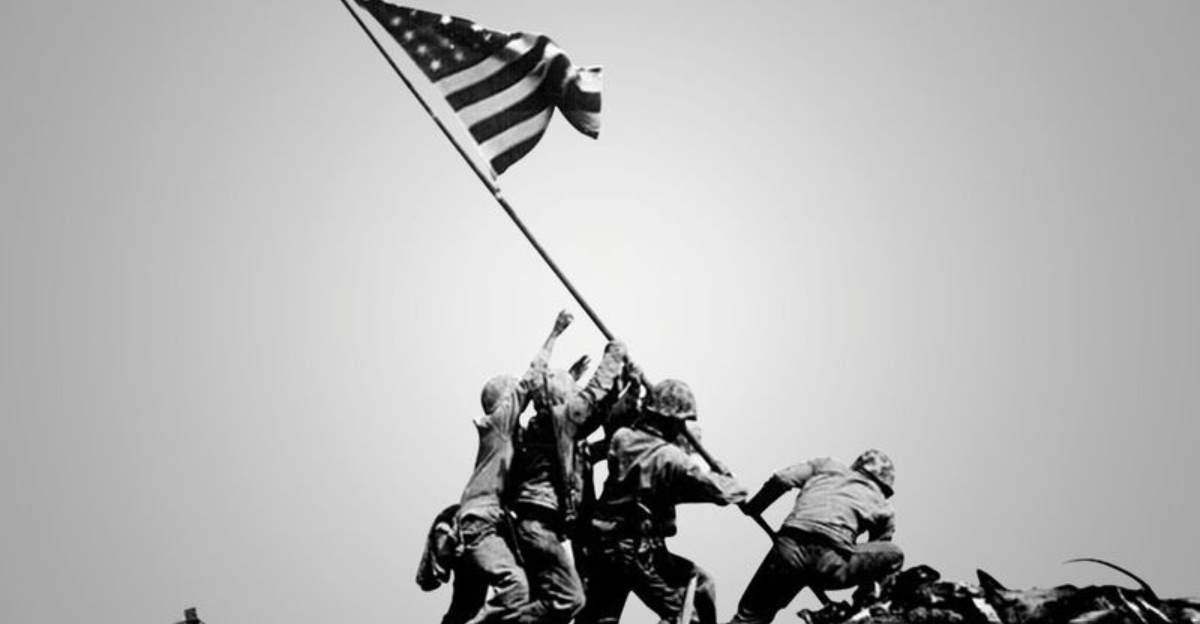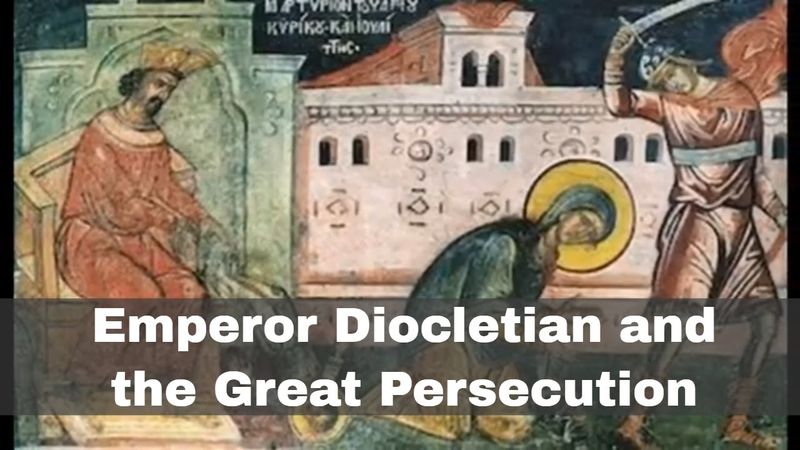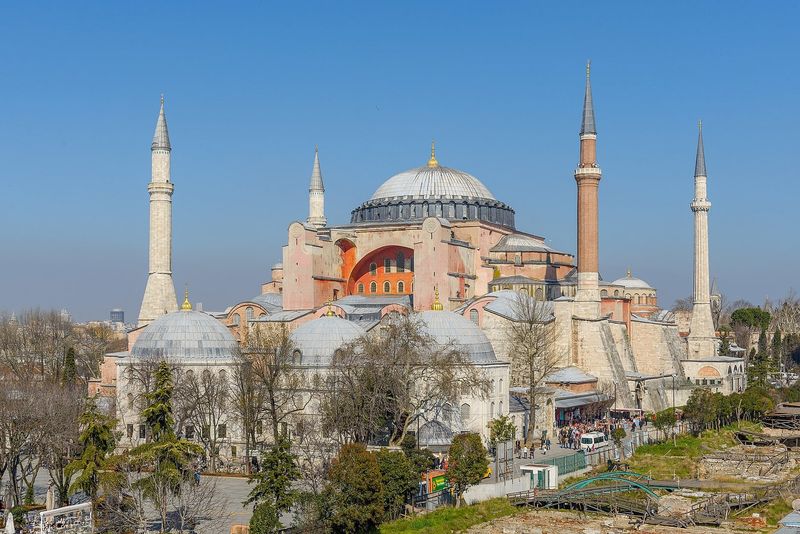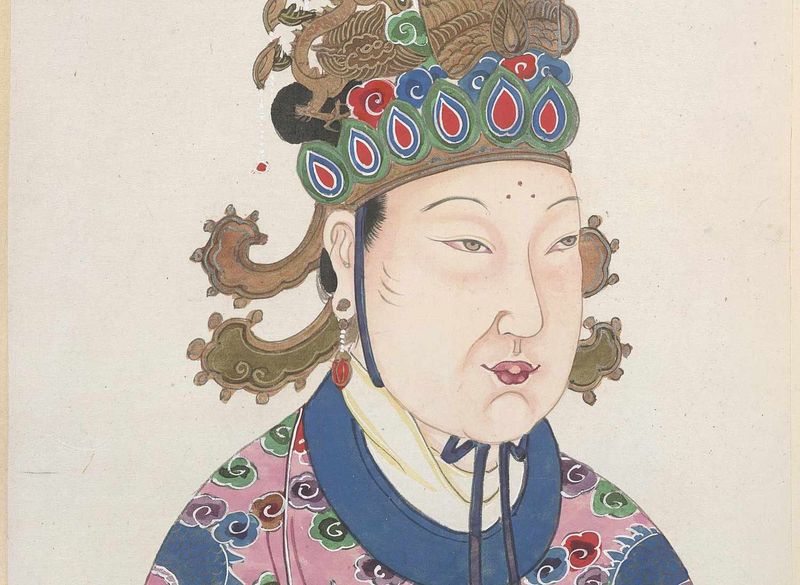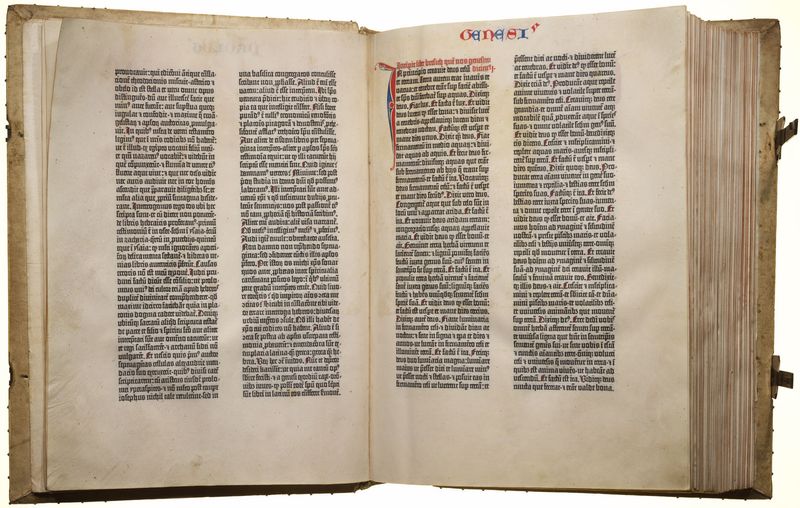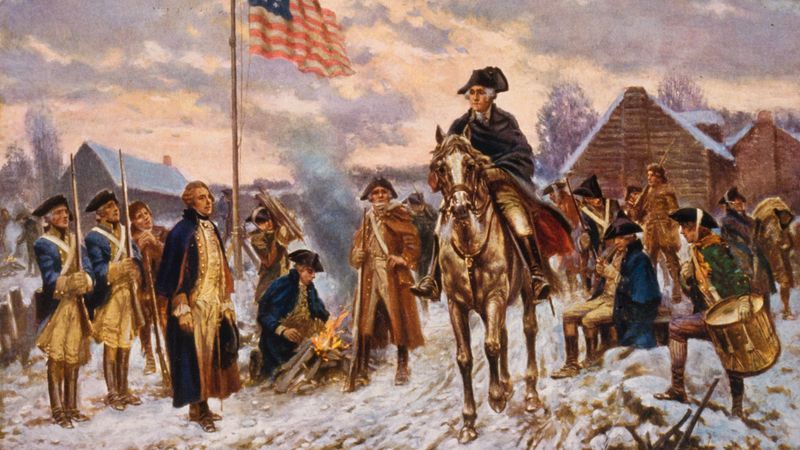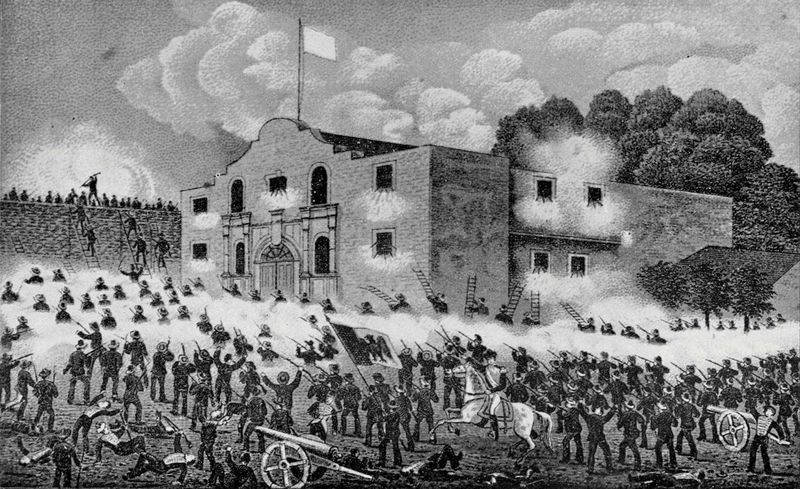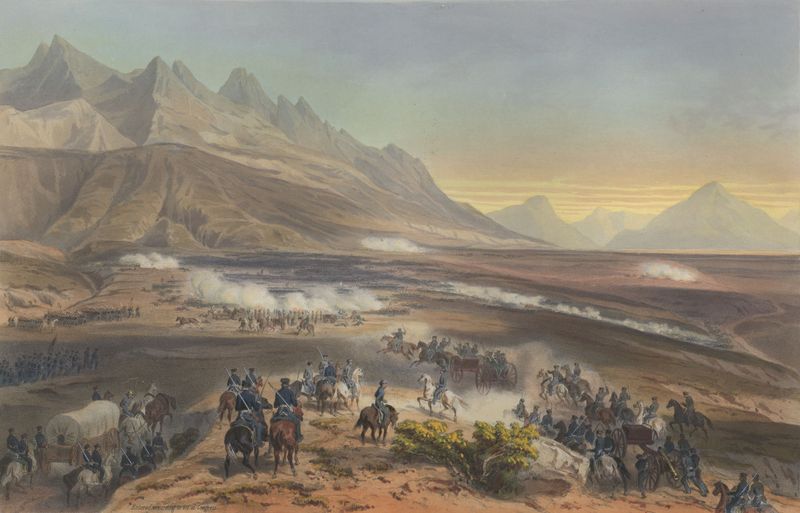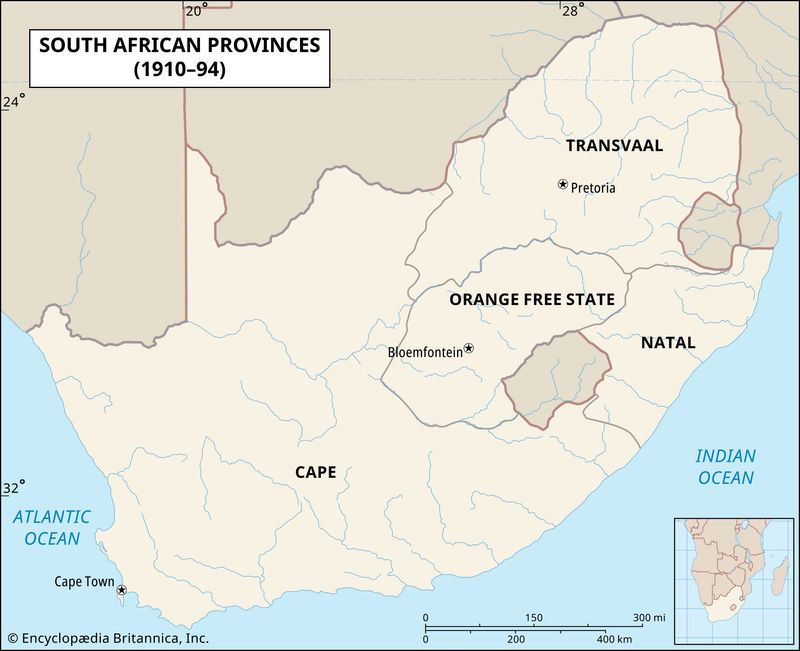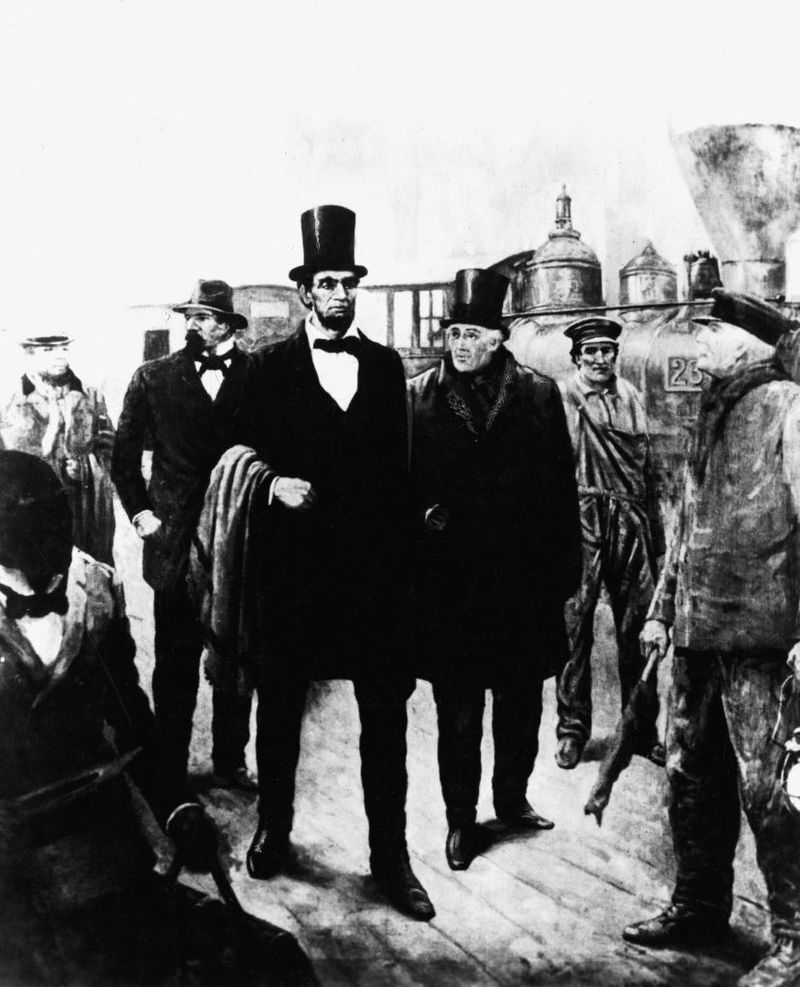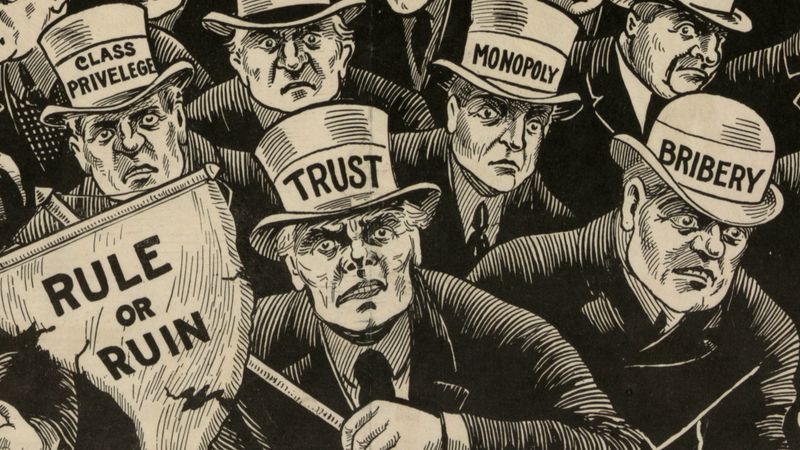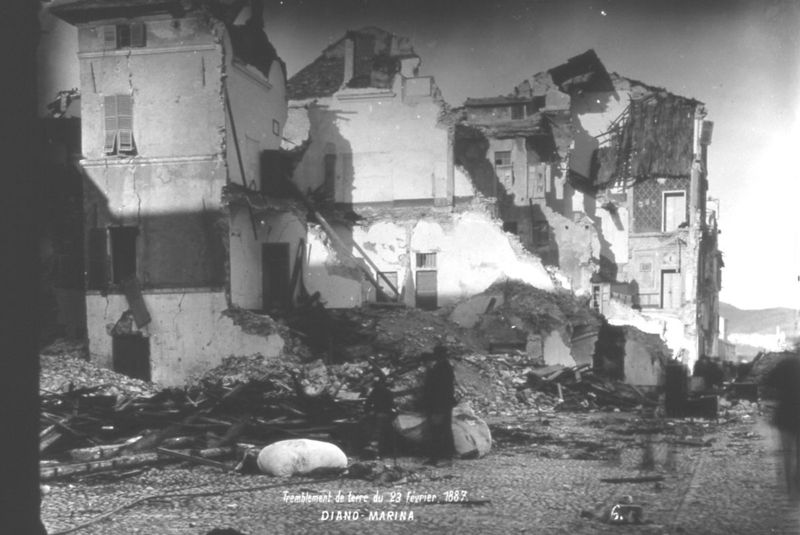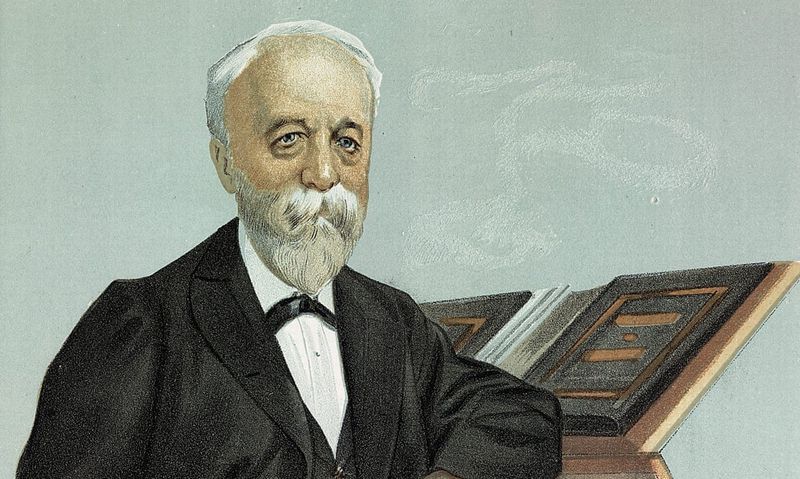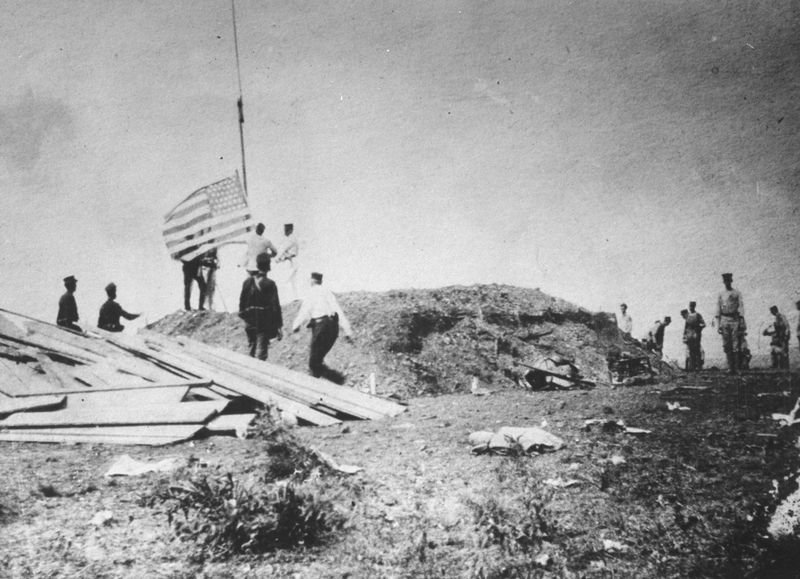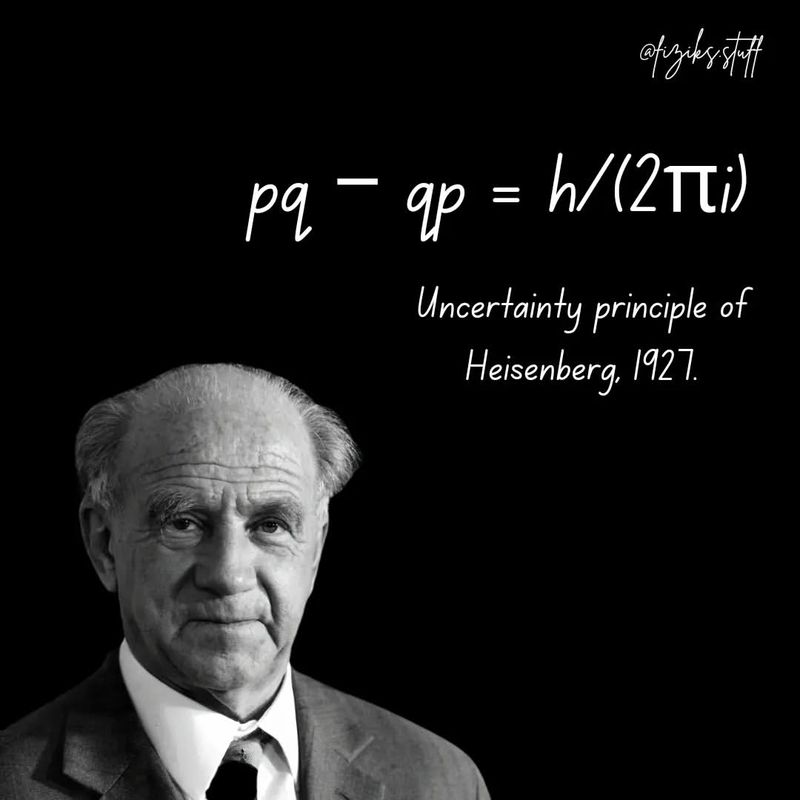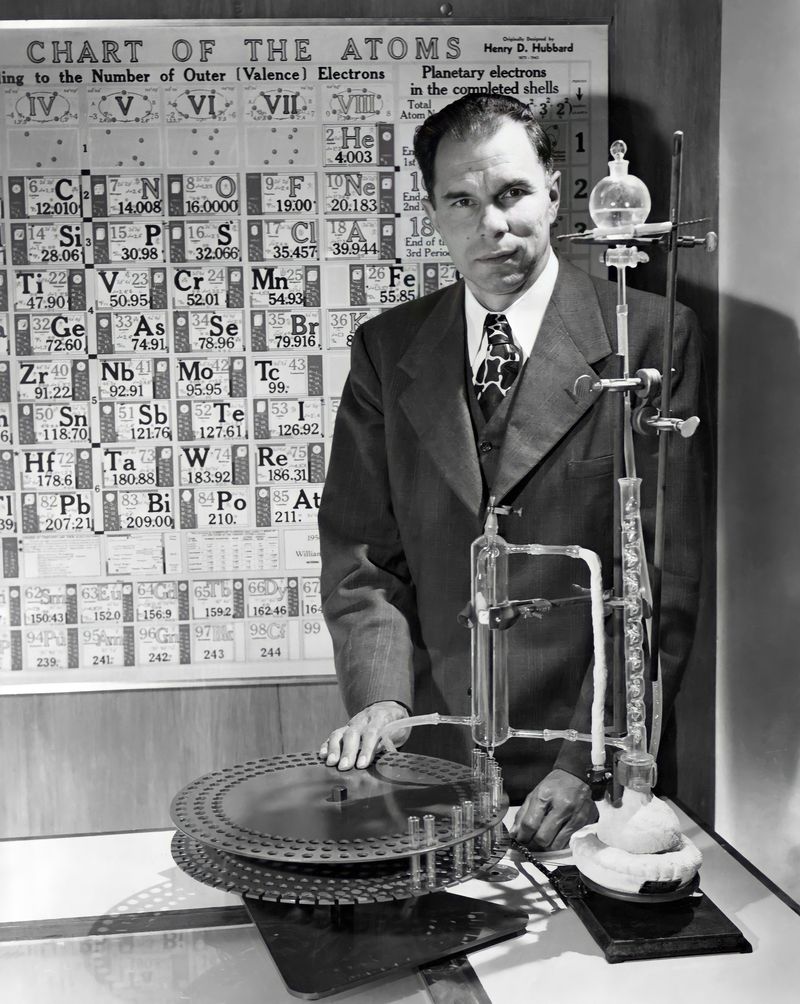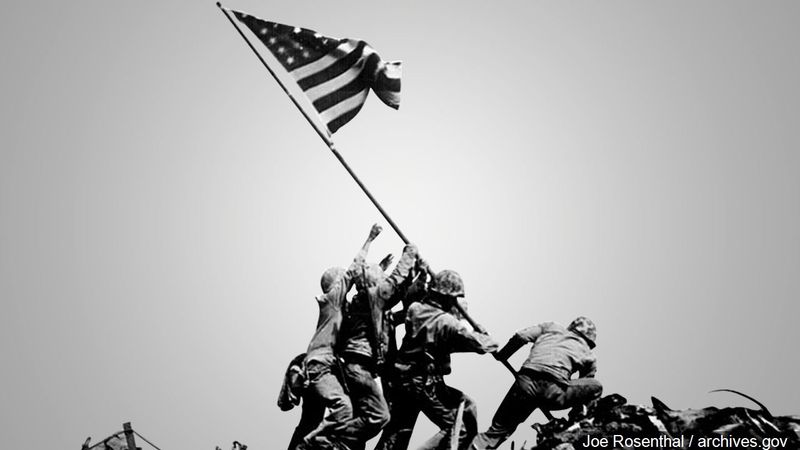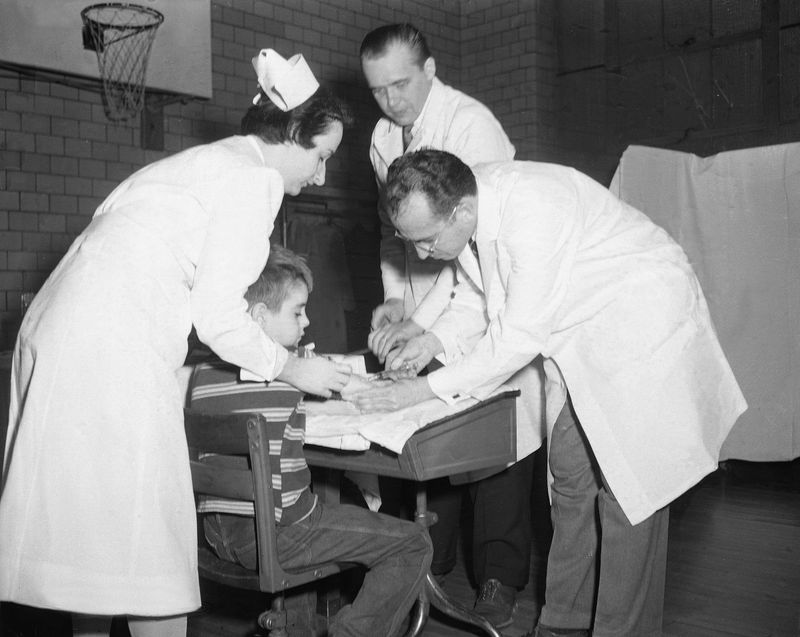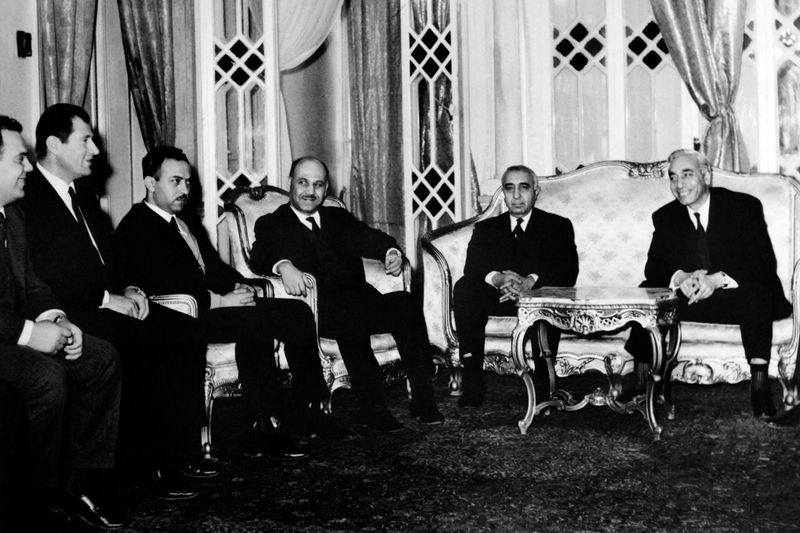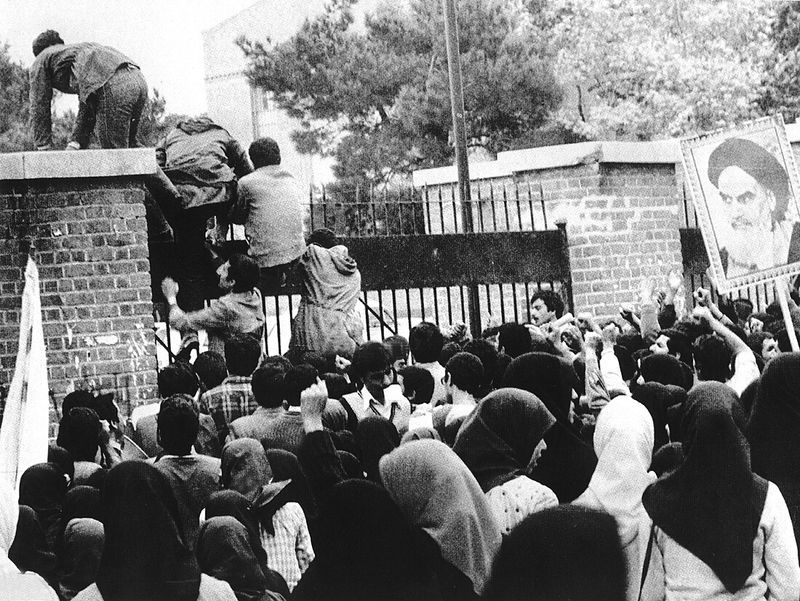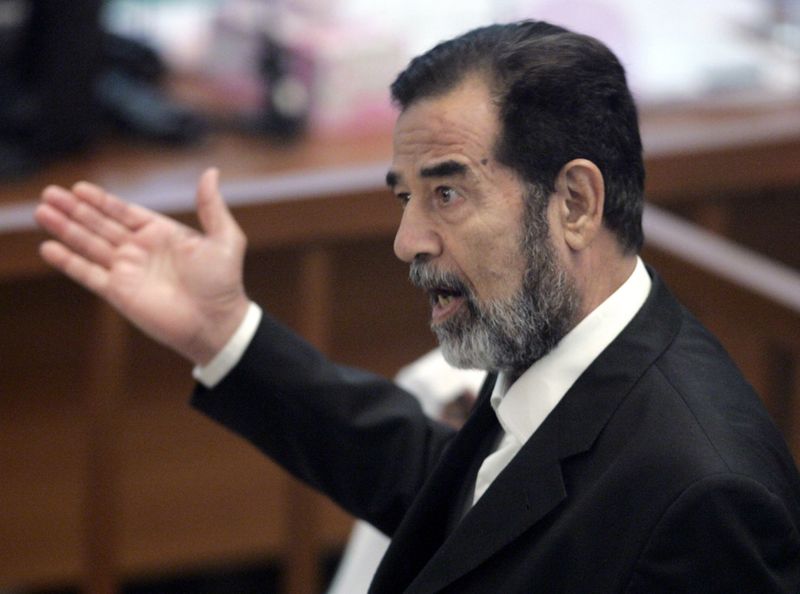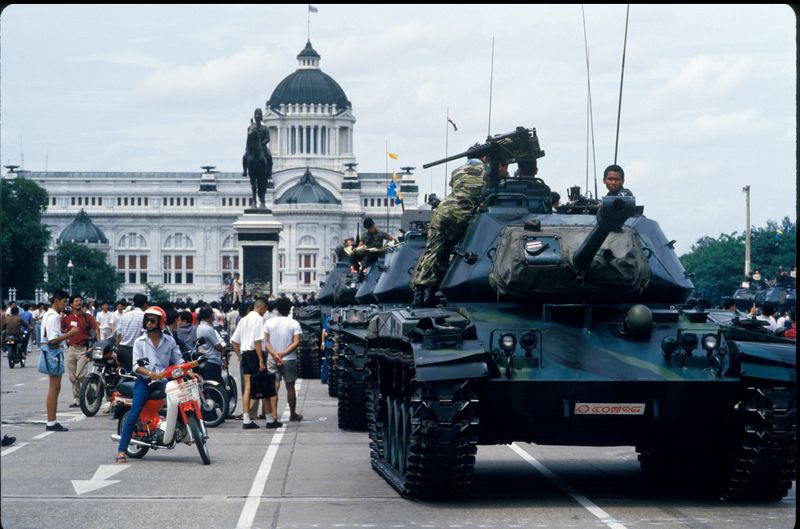February 23rd holds a remarkable place in history, marked by events that have significantly shaped societies, politics, science, and more across the globe.
From ancient times to modern history, each occurrence has left an indelible mark, reminding us of our shared past and diverse heritage.
This compilation brings together 30 pivotal events, spanning centuries and continents, highlighting the rich tapestry of moments that define this day.
Join us on a journey through time as we explore these key occurrences, each uniquely contributing to the narrative of February 23rd.
1. 303 – Diocletian Begins Persecution of Christians
In the year 303, Roman Emperor Diocletian initiated a harsh campaign against Christians, beginning with the destruction of the church in Nicomedia.
This marked the start of eight years of widespread persecution, aiming to eradicate Christianity throughout the empire.
Such actions led to the martyrdom of countless individuals who refused to renounce their faith, exemplifying resilience in the face of oppression.
The persecution under Diocletian is considered one of the most severe in Roman history, illustrating the tensions between the Roman state and emerging Christian communities. This event significantly influenced the eventual rise of Christianity.
2. 532 – Hagia Sophia’s Foundation is Laid
In 532, the foundation stone of the Hagia Sophia was laid under the orders of Byzantine Emperor Justinian I. This architectural marvel was conceived as a significant symbol of Christian orthodoxy and imperial power.
Its conception followed the destructive Nika riots, which led to the previous church’s ruin. Over centuries, Hagia Sophia has stood as a testament to Byzantine architectural genius.
Its innovative dome construction and rich mosaics set a precedent in ecclesiastical architecture. Today, Hagia Sophia remains an iconic structure, reflecting the cultural and religious shifts of its time.
3. 705 – Empress Wu Zetian Abdicates
Empress Wu Zetian, the only woman to rule as Emperor of China, abdicated the throne in 705. Her reign marked a significant period in the Tang dynasty, characterized by substantial reforms and political intrigue.
Wu Zetian’s leadership saw the expansion of the empire and an elevation of women in courtly roles. Her abdication restored the Tang dynasty, yet her influence lingered.
Wu’s legacy is remembered for her assertive rule and visionary policies, challenging traditional gender roles in imperial China. Her story continues to inspire discussions on gender and power in history.
4. 1455 – Gutenberg Bible is Published
In 1455, Johannes Gutenberg published the first Gutenberg Bible, revolutionizing the spread of information. This milestone was achieved through the innovative use of movable type printing, drastically reducing the cost and labor of book production.
The Gutenberg Bible’s publication marked the beginning of the print era, facilitating broader access to knowledge and literacy. It played a crucial role in the Renaissance, Reformation, and scientific revolution by disseminating ideas quickly.
Gutenberg’s invention laid the foundation for the modern knowledge economy, underscoring the transformative power of technology in society.
5. 1778 – Baron von Steuben Arrives at Valley Forge
In 1778, Baron von Steuben, a Prussian military officer, arrived at Valley Forge to assist the Continental Army. His expertise in military training and discipline proved invaluable to George Washington’s troops, transforming them into a more effective fighting force.
Steuben introduced rigorous drills and organizational techniques, significantly enhancing the army’s capability. His contributions were pivotal during the American Revolution, strengthening the resolve and proficiency of the soldiers.
The legacy of von Steuben’s work is evident in the enduring traditions of the U.S. military, emphasizing the importance of skilled leadership.
6. 1836 – The Siege of the Alamo Begins
The Siege of the Alamo commenced in 1836, setting the stage for a defining moment in Texas’ struggle for independence from Mexico.
Mexican forces, under General Santa Anna, laid siege to the Alamo fort, where Texian defenders, including notable figures like Davy Crockett, fiercely resisted.
Despite overwhelming odds, the defenders held their ground, embodying the spirit of sacrifice and courage.
The eventual fall of the Alamo rallied support for the Texian cause, inspiring the battle cry “Remember the Alamo!” This event remains a symbol of resistance and determination in Texas history.
7. 1847 – Battle of Buena Vista
In 1847, the Battle of Buena Vista witnessed American forces, led by General Zachary Taylor, clashing with Mexican troops in a pivotal encounter during the Mexican-American War.
Despite being outnumbered, Taylor’s strategic acumen secured a decisive victory. This triumph bolstered his popularity, eventually propelling him to the U.S. presidency.
The battle demonstrated the effectiveness of well-coordinated military tactics against larger forces, reinforcing American territorial ambitions.
Buena Vista remains a significant moment in military history, highlighting the complexity of 19th-century conflicts and the enduring impact of leadership under pressure.
8. 1854 – Independence of the Orange Free State
In 1854, the Orange Free State, a Boer republic in southern Africa, declared its independence. This move marked a significant step in the region’s history, as European settlers sought autonomy from British colonial rule.
The declaration was driven by a desire for self-determination, reflecting the broader struggle for sovereignty in the 19th century.
The Orange Free State’s independence played a crucial role in shaping the political landscape of southern Africa, setting a precedent for future self-governance. The event highlights the complexities of colonialism and the enduring quest for national identity.
9. 1861 – Abraham Lincoln Secretly Arrives in Washington, D.C.
In 1861, amid threats of assassination, Abraham Lincoln discreetly arrived in Washington, D.C., ahead of his presidential inauguration.
His covert journey highlighted the tense prelude to his presidency, marked by national division over slavery and secession. Lincoln’s administration faced unprecedented challenges, requiring careful navigation of political and social strife.
His arrival underscored the importance of security and strategy in leadership, setting the stage for the Civil War. This event remains a testament to Lincoln’s resilience and foresight in the face of adversity, shaping his legacy as a leader committed to unity.
10. 1883 – Alabama Enacts First U.S. Anti-Trust Law
In 1883, Alabama made history by enacting the first anti-trust law in the United States, targeting oppressive business monopolies. This pioneering legislation reflected growing public concern over corporate dominance and unfair trade practices.
By addressing these issues, Alabama set a legal precedent for regulating economic competition. The law aimed to protect consumers and small businesses, ensuring a fairer marketplace.
This move paved the way for future federal anti-trust laws, shaping the landscape of American economic policy. It highlights the evolving relationship between government and industry, emphasizing the need for balanced regulation.
11. 1887 – French Riviera Earthquake Kills 2,000
In 1887, a catastrophic earthquake struck the French Riviera, resulting in the deaths of approximately 2,000 people. This devastating event highlighted the region’s vulnerability to natural disasters.
The earthquake’s impact was felt across southern Europe, leading to widespread destruction and a significant loss of life. In the aftermath, efforts were made to improve building standards and disaster preparedness, aiming to mitigate future risks.
This tragedy underscored the importance of resilience in the face of nature’s unpredictability, sparking discussions on urban planning and safety. It remains one of Europe’s deadliest earthquakes.
12. 1898 – Émile Zola is Imprisoned for “J’Accuse…!”
In 1898, French writer Émile Zola was imprisoned following his publication of “J’Accuse…!”, a passionate defense of Captain Alfred Dreyfus, who had been wrongfully convicted of treason.
Zola’s open letter accused the French government of anti-Semitism and judicial misconduct, igniting a fierce national debate.
His imprisonment highlighted the tensions between justice and state interests, as well as the power of the press in shaping public opinion.
Zola’s courage in confronting injustice made him a symbol of intellectual resistance and advocacy for truth, leaving a lasting legacy in French and global history.
13. 1903 – Cuba Leases Guantánamo Bay to the U.S.
In 1903, Cuba formally leased Guantánamo Bay to the United States, establishing a permanent naval base on the island. This agreement followed the Spanish-American War and highlighted the strategic importance of Cuba in American foreign policy.
The lease signified a complex relationship between the two nations, balancing Cuban sovereignty with U.S. military interests. Guantánamo Bay has since played a pivotal role in American military operations, becoming a symbol of geopolitical influence.
The arrangement continues to fuel debates over territorial rights and international diplomacy, illustrating the intricacies of colonial legacies.
14. 1927 – Heisenberg Introduces the Uncertainty Principle
In 1927, German physicist Werner Heisenberg introduced the uncertainty principle, a fundamental concept in quantum mechanics.
This principle challenges classical notions of precision, stating that certain pairs of physical properties cannot be simultaneously measured with absolute accuracy.
Heisenberg’s work reshaped scientific understanding of atomic behavior, influencing both theoretical physics and philosophy.
The uncertainty principle has profound implications for technology, from quantum computing to advanced scientific research.
Heisenberg’s insights continue to drive exploration in the quantum realm, emphasizing the dynamic nature of scientific discovery and the limits of human knowledge.
15. 1941 – Plutonium is Discovered
In 1941, Dr. Glenn T. Seaborg and his team successfully isolated plutonium, a breakthrough in nuclear chemistry.
This discovery played a critical role in the development of nuclear weapons and energy, shaping the course of World War II and the subsequent Cold War.
Plutonium’s properties enabled advancements in atomic research, leading to its use in nuclear reactors and medicine. However, its potential for destruction also sparked ethical debates on nuclear proliferation.
Seaborg’s work underscored the dual nature of scientific progress, capable of both innovation and peril, influencing global policy and research.
16. 1945 – Marines Raise the Flag at Iwo Jima
The iconic image of U.S. Marines raising the flag at Iwo Jima in 1945 symbolizes American perseverance and victory during World War II.
This moment, captured by photographer Joe Rosenthal, galvanized public support and epitomized the sacrifices made in the Pacific theater.
The battle of Iwo Jima was a crucial turning point, showcasing the determination of American forces against formidable Japanese defenses.
The photograph became an enduring symbol of unity and resolve, later inspiring the U.S. Marine Corps War Memorial. It remains a powerful reminder of the human cost of war and the spirit of service.
17. 1947 – International Organization for Standardization (ISO) is Founded
In 1947, the International Organization for Standardization (ISO) was established to create worldwide industrial and commercial standards. This initiative aimed to enhance global trade efficiency and technological consistency.
ISO’s standards span diverse fields, from technology to agriculture, fostering international cooperation and innovation.
By providing common guidelines, the organization supports product safety, quality assurance, and environmental sustainability.
ISO’s formation marked a significant advancement in globalization, emphasizing the importance of harmonized practices in a rapidly evolving world. Its ongoing influence underscores the value of collaboration in addressing global challenges.
18. 1954 – First Polio Vaccine Mass Inoculation
In 1954, the first mass inoculation of children with the Salk polio vaccine took place, marking a monumental moment in public health. Developed by Dr. Jonas Salk, the vaccine effectively curbed polio outbreaks that had plagued societies globally.
This initiative demonstrated the power of vaccination in preventing infectious diseases and underscored the importance of medical research and community trust.
The success of the polio vaccine paved the way for future immunization campaigns, contributing to the eventual eradication of the disease in many regions. It remains a testament to the impact of scientific innovation on human life.
19. 1958 – F1 Champion Juan Manuel Fangio is Kidnapped in Cuba
In 1958, Formula 1 champion Juan Manuel Fangio was kidnapped by Cuban rebels before the Havana Grand Prix. This dramatic event was orchestrated to draw international attention to the revolutionary cause led by Fidel Castro.
Fangio, a celebrated Argentine driver, was released unharmed after 29 hours, showcasing the political tensions in pre-revolutionary Cuba.
The incident highlighted the intersection of sports and politics, as well as the risks faced by athletes in volatile regions. Fangio’s kidnapping remains a unique episode in racing history, illustrating the broader struggles for change in Cuba.
20. 1966 – Syrian Ba’ath Party Stages a Coup
In 1966, the Syrian Ba’ath Party staged a coup, overthrowing the existing government and seizing control. This power shift marked a defining moment in Syrian politics, setting the stage for decades of Ba’athist rule.
The coup was driven by ideological conflicts and military aspirations, reshaping Syria’s political landscape. It underscored the volatility of Middle Eastern politics and the challenges of governance in the region.
The Ba’ath Party’s rise to power influenced Syria’s domestic and foreign policies, impacting regional dynamics and contributing to ongoing geopolitical tensions. This event epitomizes the complexity of political change.
21. 1971 – South Vietnamese General Do Cao Tri Killed in Helicopter Crash
In 1971, the death of South Vietnamese General Do Cao Tri in a helicopter crash dealt a significant blow to U.S. and allied efforts in the Vietnam War.
General Tri was known for his dynamic leadership and strategic acumen, playing a crucial role in military operations against North Vietnamese forces.
His loss disrupted plans and morale among South Vietnamese and American troops, complicating the war effort. The incident highlighted the unpredictable nature of warfare and the impact of leadership on military campaigns.
General Tri’s legacy endures in the annals of Vietnam War history, reflecting bravery and commitment.
22. 1980 – Iran Hostage Crisis: Ayatollah Khomeini Leaves Hostages’ Fate to Parliament
In 1980, during the Iran Hostage Crisis, Ayatollah Khomeini left the decision regarding the fate of American hostages to the Iranian parliament. This move prolonged the crisis, as diplomatic efforts to resolve the situation stalled.
The hostages had been held since November 1979, following the U.S. embassy takeover in Tehran. Khomeini’s decision underscored the complex interplay of politics and religion in Iran, while highlighting the challenges of international diplomacy.
The crisis had significant implications for U.S.-Iran relations and global perceptions of both nations. It remains a pivotal moment in understanding geopolitical tensions.
23. 1983 – U.S. Evacuates Dioxin-Contaminated Town
In 1983, the Environmental Protection Agency (EPA) announced the evacuation of Times Beach, Missouri, due to severe dioxin contamination. This decision followed years of escalating health concerns linked to toxic waste disposal practices.
The buyout of the entire town marked one of the largest environmental evacuations in U.S. history. The incident underscored the critical need for environmental regulation and accountability.
It spurred comprehensive environmental reforms and increased public awareness about chemical hazards. The Times Beach evacuation remains a landmark case in environmental policy, illustrating the costs of industrial neglect and the value of safety.
24. 1987 – Supernova 1987A is Observed
In 1987, Supernova 1987A exploded into view, becoming the brightest stellar explosion observed from Earth since 1604.
Located in the Large Magellanic Cloud, this astronomical event provided invaluable insights into stellar evolution and supernova mechanics. Scientists worldwide studied the supernova’s effects, advancing understanding of cosmic phenomena.
The observation of SN 1987A marked a significant milestone in astronomy, contributing to the development of new observational technologies and theories.
It sparked public interest in space exploration, highlighting the universe’s dynamic nature and humanity’s quest for knowledge beyond our planet.
25. 1988 – Saddam Hussein Begins Anfal Genocide
In 1988, Iraqi leader Saddam Hussein initiated the Anfal campaign, a brutal series of attacks against Kurdish populations in northern Iraq.
The genocide involved mass killings, forced displacements, and chemical warfare, aimed at suppressing Kurdish resistance. International condemnation followed, highlighting the atrocities committed under Hussein’s regime.
The Anfal campaign remains a stark reminder of the horrors of ethnic cleansing and the need for global vigilance against human rights abuses.
It prompted discussions on international intervention and the responsibility to protect vulnerable populations, leaving a lasting impact on humanitarian policies.
26. 1991 – Bloodless Coup in Thailand
In 1991, Thailand experienced a bloodless coup, with General Sunthorn Kongsompong deposing Prime Minister Chatichai Choonhavan. The swift and non-violent takeover was justified as a necessary move to combat corruption and restore order.
This coup marked Thailand’s continued struggle with political instability and military influence in governance. It underscored the delicate balance between civilian rule and military power in Thai politics.
The event’s peaceful nature set a precedent for future political changes, emphasizing the potential for non-violent transitions in leadership. It remains a noteworthy example of political maneuvering in Southeast Asia.
27. 1998 – Deadly Florida Tornadoes Kill 42
In 1998, a series of powerful tornadoes swept through Florida, resulting in the deaths of 42 people and widespread devastation. Homes were destroyed, communities were uprooted, and the state’s emergency response was tested.
This disaster highlighted the vulnerability of regions to extreme weather events and the importance of preparedness. The tornadoes prompted initiatives to improve forecasting, public awareness, and disaster response strategies.
The impact of the Florida tornadoes serves as a reminder of nature’s destructive potential and the ongoing need for resilience and innovation in disaster management. It remains a pivotal moment in understanding severe weather risks.
28. 1999 – Avalanche Buries Austrian Town of Galtür
In 1999, the Austrian town of Galtür was struck by a devastating avalanche, one of Europe’s worst in recent history. The natural disaster buried the town under several meters of snow, resulting in 31 fatalities.
Rescue operations were challenging due to the remote location and harsh weather conditions. This tragedy emphasized the need for improved avalanche prediction and safety measures in mountainous regions.
The Galtür avalanche prompted advancements in monitoring technology and increased awareness of avalanche risks, highlighting the balance between living in harmony with nature and ensuring community safety.
29. 2010 – Environmental Disaster in Italy
In 2010, Italy faced a severe environmental disaster when millions of liters of diesel oil were deliberately dumped into the River Lambro. This act of eco-terrorism wreaked havoc on the river’s ecosystem, endangering wildlife and contaminating water supplies.
The incident highlighted the vulnerabilities in environmental protection and the need for stricter regulations to prevent sabotage. Cleanup efforts were extensive, involving both governmental and non-governmental organizations.
The disaster underscored the need for vigilance in safeguarding natural resources and prompted discussions on enhancing environmental security. It remains a significant case of environmental crime in Italy.
30. 2020 – Murder of Ahmaud Arbery
In 2020, the murder of Ahmaud Arbery, a 25-year-old African-American, in Georgia sparked national outrage and renewed discussions on racial justice.
Arbery was pursued and fatally shot by armed residents while jogging, an act captured on video that drew widespread condemnation. This tragedy highlighted systemic issues of racial profiling and violence, prompting protests and calls for reform.
The case underscored the need for comprehensive changes in law enforcement practices and legal accountability. Arbery’s death became a catalyst for the Black Lives Matter movement, emphasizing the ongoing struggle for equity and justice in society.
